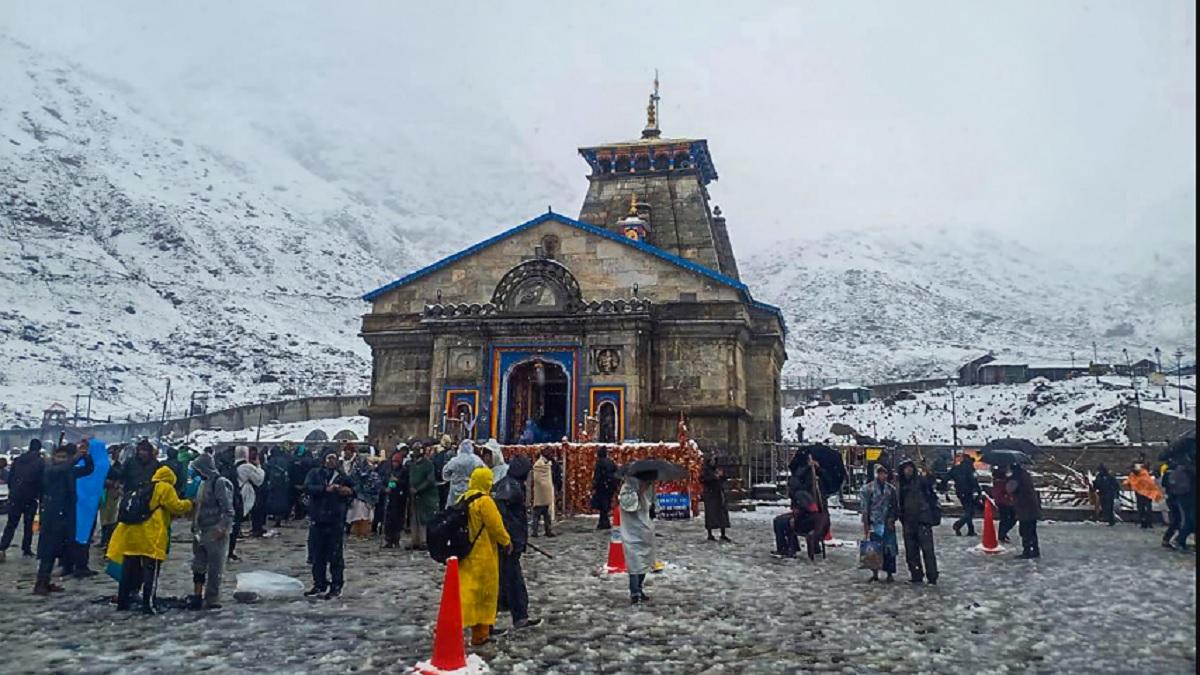Introduction
Nestled in the heart of the Himalayas, the Kedarnath Temple stands as a symbol of devotion, faith, and natural beauty. Located in the Rudraprayag district of Uttarakhand, India, this sacred pilgrimage site holds immense significance for Hindus around the world. The Kedarnath Yatra, an annual pilgrimage to this revered temple, is a journey that not only traverses through breathtaking landscapes but also offers a profound spiritual experience.
The Significance of Kedarnath
Kedarnath Temple is one of the twelve Jyotirlingas, which are believed to be the holiest abodes of Lord Shiva. The temple is perched at an altitude of 3,583 meters (11,755 feet) above sea level, making it one of the highest temples dedicated to Lord Shiva in the world. The Kedarnath Yatra is an integral part of the Chota Char Dham Yatra, which includes the four sacred temples of Yamunotri, Gangotri, Kedarnath, and Badrinath.
The Yatra Experience
- Preparation: The journey to Kedarnath begins with careful planning and preparations. Pilgrims must obtain the necessary permits, be physically fit to endure the high-altitude trek, and carry essential supplies like warm clothing, sturdy footwear, and basic medical kits. It’s essential to be well-prepared for the unpredictable weather conditions of the Himalayas.
- Route: The traditional route to Kedarnath involves a 16-kilometer trek from the town of Gaurikund. This trek is both challenging and rewarding as it passes through lush forests, steep ascents, and picturesque valleys. Along the way, one encounters various pit stops and resting points, offering refreshments and a chance to recharge.
- Spiritual Significance: The journey to Kedarnath is not just a physical one; it’s a spiritual expedition. As pilgrims ascend through the Himalayan terrain, they recite chants and hymns dedicated to Lord Shiva. The awe-inspiring natural surroundings serve as a reminder of the divine presence in every aspect of creation.
- Arrival at Kedarnath: Upon reaching Kedarnath, pilgrims are greeted by the awe-inspiring sight of the temple nestled amidst the snow-capped peaks. The serene Mandakini River flows nearby, enhancing the spiritual ambiance. Devotees offer their prayers at the temple, seeking Lord Shiva’s blessings and forgiveness for their sins.
- The Maha Aarti: The day at Kedarnath culminates with the evening Maha Aarti, a grand ceremony that invokes a deep sense of spirituality. The temple priests perform elaborate rituals, accompanied by the resonant sound of conch shells and bells. The flickering oil lamps illuminate the temple, creating a mesmerizing atmosphere of divinity.
- Return Journey: After a night’s rest in Kedarnath, pilgrims begin their descent back to Gaurikund. This part of the journey allows for reflection and contemplation, as devotees carry the blessings of Lord Shiva with them.
Conclusion
The Kedarnath Yatra is not just a physical pilgrimage; it is a transformative journey of the soul. It’s an opportunity to connect with nature’s grandeur and experience profound spirituality. The challenges faced along the way, such as the difficult terrain and extreme weather conditions, only add to the sense of accomplishment and spiritual growth.
Kedarnath Yatra continues to draw thousands of devotees and nature enthusiasts from all walks of life. It stands as a testament to the enduring power of faith and the unwavering belief in the divine, reminding us that sometimes the most rewarding journeys are the ones that lead us deep within ourselves.

